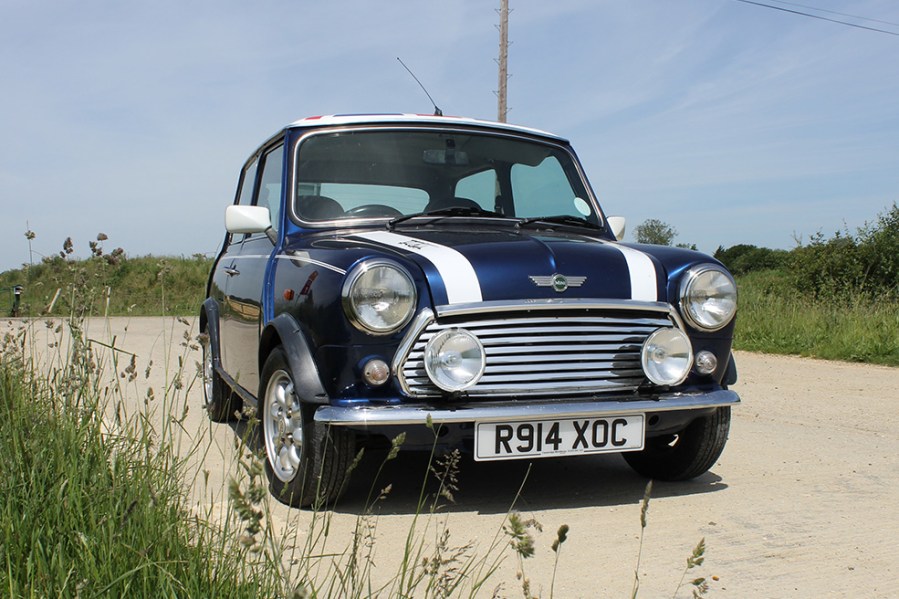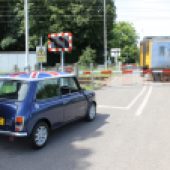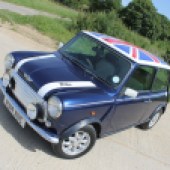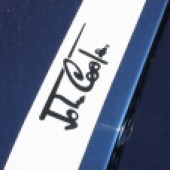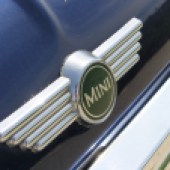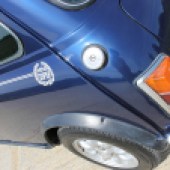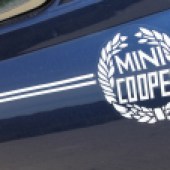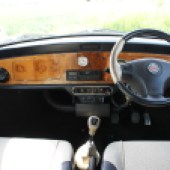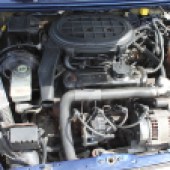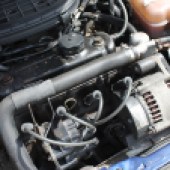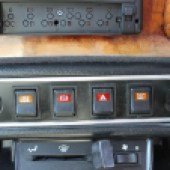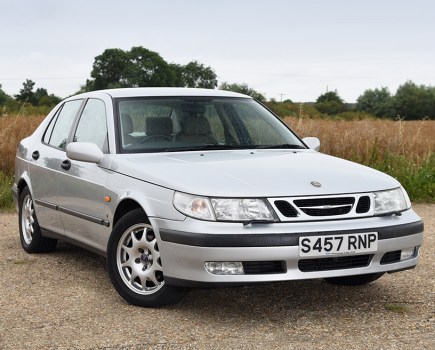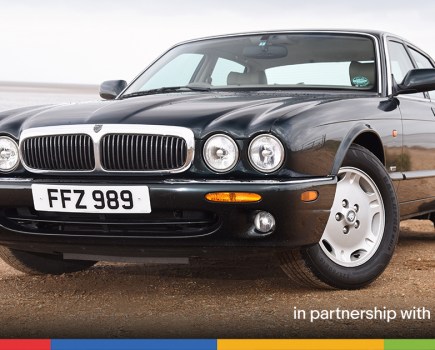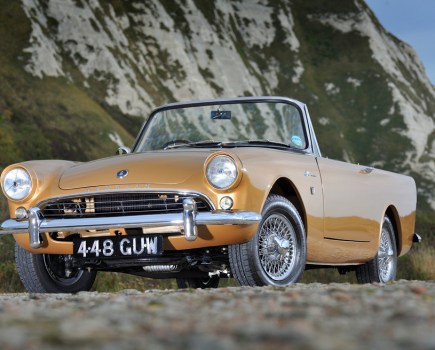The Mk7 Mini was collectable from the outset – but these revised classics can still be troublesome. Here’s what to look for
With very early Minis now attracting serious money, especially ones with the desirable Cooper badge on the bonnet, it’s worth checking out variants built in the 1990s if you fancy one offering better value for money. Minis from this decade can often be picked up for a fraction of what it would cost to buy a prime example built in the 1960s – with a host of specialists able to provide a full range of spares and services to help if things go wrong.
The rejuvenation of the Mini in the 1990s has its roots in the previous decade, when John Cooper approached Austin Rover bosses with a plan to revive the Mini Cooper brand. Sadly, Austin Rover bosses turned this interesting proposal down; but undeterred by the rejection, John Cooper started to offer aftermarket tuning kits for Minis and a legend was reborn.
Austin Rover was reformed as the slimmer, more premium-orientated Rover Group by 1986, and it was odds-on that the Mini would be dropped from the line-up thanks to healthy sales of the Metro. Over the years, the overall look of the Mini’s exterior had remained relatively unchanged; and although the Mini was now marketed as a standalone brand, it was being kept alive with what seemed like a never-ending number of special editions and clever advertising slogans. It celebrated its 30th anniversary in 1989, with John Cooper being officially welcomed back into the fold the following year, when the limited edition RSP (Rover Special Products) Mini Cooper joined the line-up.
The Mini was lightly revised so that the 1275cc engine could be fitted on the production line, creating the Mk6 range – generally regarded as the first of the ‘Rover Minis’, with the Cooper becoming a regular production model. The latest versions were warmly welcomed and gave the Mini a stay of execution, with the 998cc A-Series engine being gradually phased out in favour of the Cooper’s 1275cc unit throughout the range. The base model was now rebadged as the Mini Sprite, while the plusher Mayfair maintained its place at the top of the standard range.
The revival of the Mini’s fortunes was truly international, with Japan and Germany becoming two of the most enthusiastic markets to embrace the car in the 90s. Sales in these two countries boomed, and overall Mini sales were higher in the mid-1990s than they had been a decade earlier. The Rover Group was now under the control of BMW, and plans announced by BMW chief Bernd Pischetsrieder (a distant cousin of Alex Issigonis), included keeping the Mini in production for the foreseeable future.
To capitalise on the brand’s success, a new Mini would soon be on the drawing board. Meanwhile, BMW invested in upgrades for the classic model, with the old-timer being pushed further upmarket; the specification of the car was increased along with list prices, while production volumes were reduced to minimise the costs associated with what was effectively a hand-built car in the age of roboticised mass production.
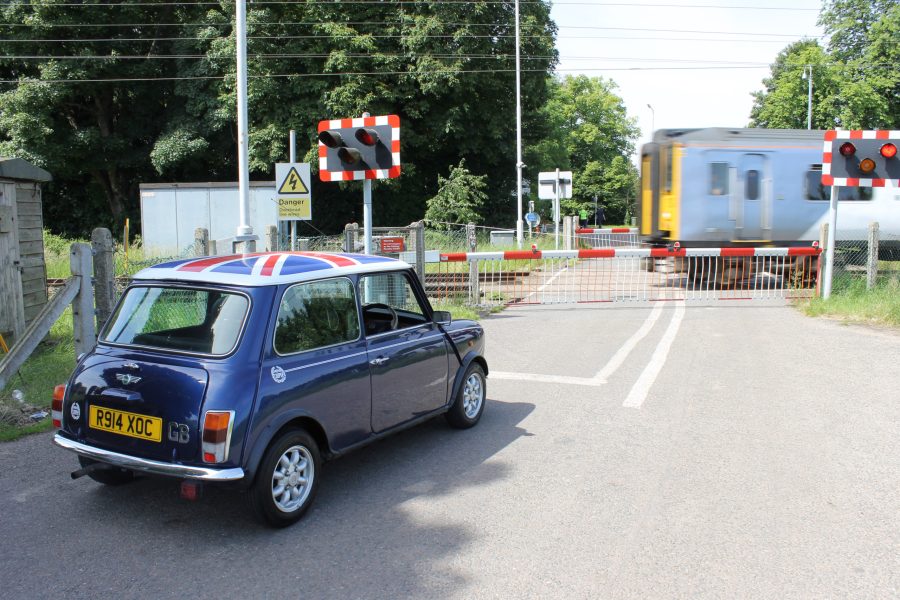
When the final Mk7 version of the old Mini appeared in 1996, total production had declined to a low of 16,000 units a year. The Mini built by BMW-controlled Rover was a very different car under the skin to its predecessor and now came with a long list of optional extras. The heavily revised post-1996 Mini now sat on 13-inch wheels and the car’s distinctive side-mounted radiator had been replaced with a more conveniently located front-mounted unit that allowed the car to meet new limits on drive-by noise levels. A better heater and a pair of airbags were now squeezed into the cramped interior, while higher gearing provided a more relaxing drive. By now all Minis were fitted with a 63bhp, twin-point fuel-injected 1275cc A-Series engine.
The end for the classic Mini finally came on October 4, 2000, when the last of Issigonis’ babies rolled of the production line at Longbridge to the soundtrack of the film The Italian Job and thunderous applause from the gathered crowd of workers, management and journalists. And now, 22 years on, a 90s Mini makes a tempting classic proposition.
Bodywork
The weak points on the Mini’s body are numerous. Corrosion can seriously attack the leading edge of the front wings around both headlights, as well as along the curved front seam above the indicator lamps. Rust can also affect the lower valance, inner wings, below the windscreen around the front scuttle, and at the top of each front wing. The lower part of the A-shaped panel at the trailing edge of the wing is a notorious rot spot, and the door bottoms can rust badly.
Moving to the rear of the car, the Mini’s subframe is a well-documented weak spot. Any corrosion found in this structure, as well as the mounting points, will be an immediate MoT failure. The sills, floor, rear wheelarches and valance can all rust out too, as can the battery box and the edges of the boot floor.
Minis built during the BMW years tend to rust badly in all of the above areas, and as a glance under any well-preserved low-mileage original car will show, underseal was often applied very haphazardly. Even if the car you’re looking at seems good on the outside, always lift the carpets and inspect the condition of the front and rear floorpans for early signs of rust or any dampness, as leaks are common and can lead to rot quickly setting in.
Body panels and spare parts are plentiful for all models of Mini, including those built in the Rover/BMW era; but as the car’s body is a welded unitary structure, professional repairs are expensive, even though the panels are relatively cheap. Allow a total spend approaching somewhere in the region of at least £5000 to professionally repair and repaint a seriously rusted Mini body. Specialists able to supply new panels include Rimmer Bros, MiniSport and Moss Europe. As well as brand new body panels, all these suppliers stock an almost endless list of mechanical part required to repair a late Mini’s suspension, braking system, engine and gearbox.
Engine and transmission
Although the Rover Mini’s transversely mounted A-Plus engine is a tough and dependable unit, it doesn’t like to be neglected or thrashed too hard. As the gearbox is mounted in the sump, it’s important to ensure the oil and filter have been changed regularly, so check the car’s service history. Always pull the dipstick out and check the level and condition of the oil; if the level is low and the oil looks like it’s seen better days and smells of neat fuel, then a change is well overdue.
The front-mounted radiator on 1996-on cars cools the engine far more efficiently than the old side-mounted one that used to be ‘cooled’ by warm air sucked over the engine and dumped into the wheel well. However, it’s important that the electric cooling fan cuts in when the engine is hot.
The top end on the Mini’s A-Series engine can get noisy as the miles mount up and timing chains on high-mileage units can rattle when the car’s idling. Check under the oil filler cap for any signs of a ‘mayonnaise’. A bad dose of this gloop could indicate water has got into the oil due to a previous overheating issue, damaging the head gasket. While the oil filler cap is off, rev the engine slightly and check for blue smoke coming out of the rocker box; this will indicate worn valve seals or guides, while blue smoke chuffing out of the dipstick hole suggests worn piston rings or bores.
Mini gearboxes are extremely noisy by modern standards and the car’s familiar transfer gear whine when on the move is nothing to worry about. The gearbox on the Mk7 was a bit quieter, but weak synchromesh on second gear or a louder than usual whine in all four ratios means the gearbox is past its best. The clever AP automatic transmission isn’t that smooth and driving one is definitely an acquired taste – they were rarely seen on UK and European cars in the 1990s but were standard-fit in Japan, and some of those cars have found their way back home since. Pull the dipstick out and look at the condition of the fluid – the colour should be bright red and a quick sniff shouldn’t reveal any burnt smells.
When road testing a Mini, find a suitable area where you can turn the car around on full lock and listen for any clunks coming from the front wheels. Regular ticking will indicate worn CV joints, but don’t worry too much if this is the only fault you can find, as replacing them isn’t a hard job and is well within the scope of a home mechanic. Oil leaks are common on Minis, especially from the driveshafts and where the gear lever enters the rear of the ’box. This isn’t anything to worry about and a suitable drip tray is cheaper than replacing dodgy seals.
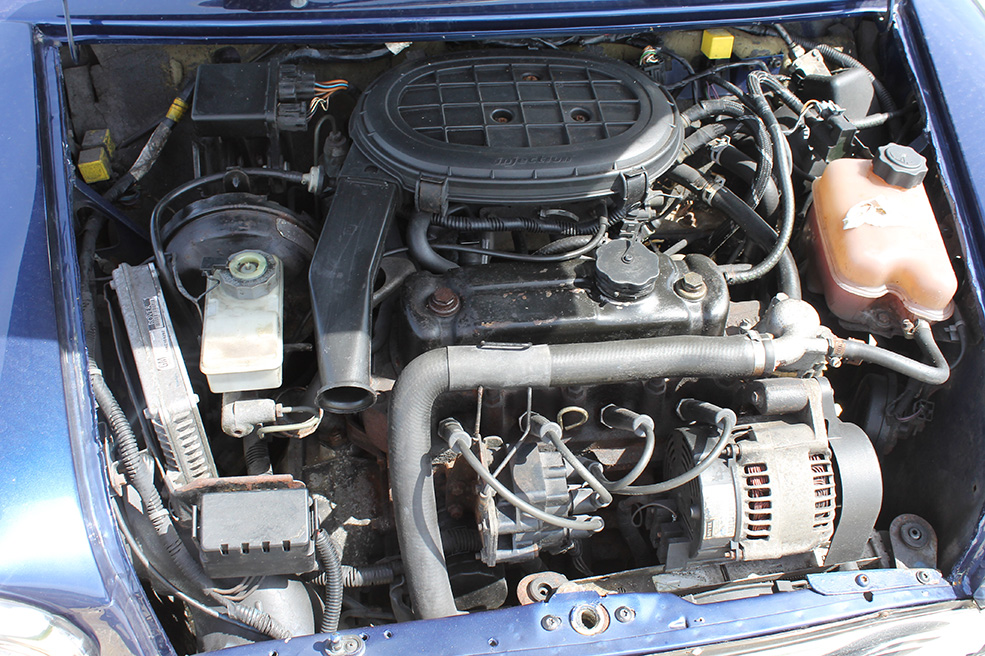
Suspension, steering and brakes
Minis produced during the period we’re covering are suspended on dry rubber cones, so there is very little to go wrong with this simple but very efficient system. Rear suspension trumpets are susceptible to corrosion and can collapse if neglected, but these are relatively cheap and easy to replace. An excessively jerky ride is usually down to worn shock absorbers and again, these items are very simple and quick to change.
Check the front tyres carefully for any signs of unusual wear. The Mini is notorious for losing its tracking quickly, and enthusiastic handling will also cause the front tyres to wear out. Make sure the same brand of tyre is fitted to each axle, as different tread patterns can upset a Mini’s sharp handling. The steering should be very direct and not have any excessive play; suspect a worn rack if there’s a lot of play in the steering, and clunks going over rough ground could be caused by worn front ball joints or suspension components.
The Minis we are looking at all have front discs and rear drums, and again there’s not that much to go wrong. Check that the car pulls up straight when hitting the brakes hard and don’t forget to take a look at the condition of the front discs. A servo was fitted to the braking system of Minis built after 1988.
Interior and trim
While mechanical parts for all generations of Minis are generally easy to source, interior trim can be a problem for later cars as there were so many special or limited editions. Locating a late Mini with all its original trim in place can be difficult, as a previous owner may have fitted custom seats and matching door cards.
Check that obvious items like window winders work, and carefully inspect the interior on plusher models as badly worn leather trim can be very expensive to replace. Although online auction sites are the best place to locate replacement trim, don’t disregard specialist classic trim suppliers such as Newton Commercial (newtoncomm.co.uk), as they stock good-quality trim items for the Mk7 Mini such as new headlinings and door cards.
Thankfully, electrical problems are rare with the late Mini, but watch out for dirty connections causing problems as well as immobiliser issues and messy aftermarket radio/speaker installations. As the Mini matured through the 90s, it was fitted with even more kit and later cars can suffer from engine management light issues caused by faulty catalytic converters and dodgy lambda exhaust sensors. Other warning lamps to watch out for are the airbag light staying on, as this will be a MoT failure – but it could just be a poor connection in the plug under the driver’s seat.

Rover Mini: our verdict
The Mk7 Mini isn’t the best-value Mini out there but it’s the most refined, most usable and also one of the most sought-after generations, especially in Cooper special edition form.
As with any Mini, the Mk7 is a car that will put an instant smile on your face, as well as win admiring glances and public affection wherever it goes. Just be extremely careful not to buy one that’s a stolen clone (if the VIN number looks tampered with or there’s a distinct lack of paperwork, walk away) and check the bodywork extremely carefully. It’s easy enough for an unscrupulous vendor to make a rough car look a million dollars with some cosmetic work, and with Mini values on the rise, there are those who find it all too tempting.
Rover Mini values have increased in recent years, especially for examples that have been kept in good condition or have been extensively restored. They are no longer the bargains that they were, but within the world of classic Minis they still offer good value and combine more modern performance and refinement with excellent parts support.
Most special editions were just cosmetic variants on the standard 1275cc Cooper-spec mechanicals, and so don’t carry much of a premium – and then only if all the model-specific features are present and correct. Exceptions would be run-out models like the Mini Classic Seven and the Mini Cooper Sport.
Standard 1.3i Coopers can be found for £5000–7000 in up-and-running condition, but would need careful checking to avoid a future money pit. Around £10,000–12,000 would be a safer budget to secure something good but unexceptional, while £15,000–18,000 should get you a really nice Cooper – probably with the Works or Sports pack or a non-Cooper special edition in a tidy state without big mileage on the clock. The best Rover-era Minis can command £20,000–25,000.

